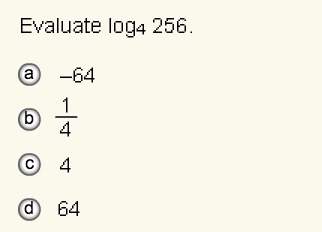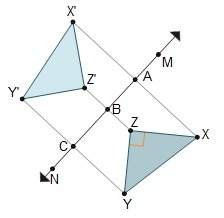
Mathematics, 30.11.2019 05:31 Tyjon16
Suppose a researcher is testing the hypothesis h_0: p = 0.4 versus h_1: p < 0.4 and she finds the p-value to be 0.26. explain what this means. would she reject the null hypothesis? why? choose the correct explanation below.
a. if the p-value for a particular test statistic is 0.26, she expects results no more extreme than the test statistic in exactly 26 of 100 samples if the null hypothesis is true.
b. if the p-value for a particular test statistic is 0.26, she expects results no more extreme than the test statistic in about 26 of 100 samples if the null hypothesis true.
c. a. if the p-value for a particular test statistic is 0.26, she expects results no more extreme than the test statistic in exactly 26 of 100 samples if the null hypothesis is true.
d. a. if the p-value for a particular test statistic is 0.26, she expects results no more extreme than the test statistic in about 26 of 100 samples if the null hypothesis is true.

Answers: 3
Another question on Mathematics

Mathematics, 21.06.2019 19:40
Which is the solution to the inequality? 2 3/52 1/15 b< 3 2/15 b> 3 2/15
Answers: 1

Mathematics, 21.06.2019 19:40
Suppose that 3% of all athletes are using the endurance-enhancing hormone epo (you should be able to simply compute the percentage of all athletes that are not using epo). for our purposes, a “positive” test result is one that indicates presence of epo in an athlete’s bloodstream. the probability of a positive result, given the presence of epo is .99. the probability of a negative result, when epo is not present, is .90. what is the probability that a randomly selected athlete tests positive for epo? 0.0297
Answers: 1

Mathematics, 22.06.2019 03:50
Suppose medical records indicate that the length of newborn babies (in inches) is normally distributed with a mean of 20 and a standard deviation of 2.6. find the probability that a given infant is between 14.8 and 25.2 inches long.
Answers: 3

Mathematics, 22.06.2019 04:10
Lian is deciding which of two gyms to join. each gym charges a monthly rate plus a one-time membership fee. lian correctly wrote and solved a system of linear equations by substitution to compare the costs of the memberships. in her work, she substituted an expression for one variable and solved for the other. this resulted in the equation 75 = 75. what can lian conclude? one gym charges $75 per month. each gym charges $75 per month both gyms charge the same monthly rate and the same membership fee. both gyms charge the same monthly rate, but not the same membership fee.
Answers: 3
You know the right answer?
Suppose a researcher is testing the hypothesis h_0: p = 0.4 versus h_1: p < 0.4 and she finds...
Questions

History, 02.08.2019 13:30



Mathematics, 02.08.2019 13:30



Mathematics, 02.08.2019 13:30


History, 02.08.2019 13:30

Mathematics, 02.08.2019 13:30



Mathematics, 02.08.2019 13:30



Social Studies, 02.08.2019 13:30









